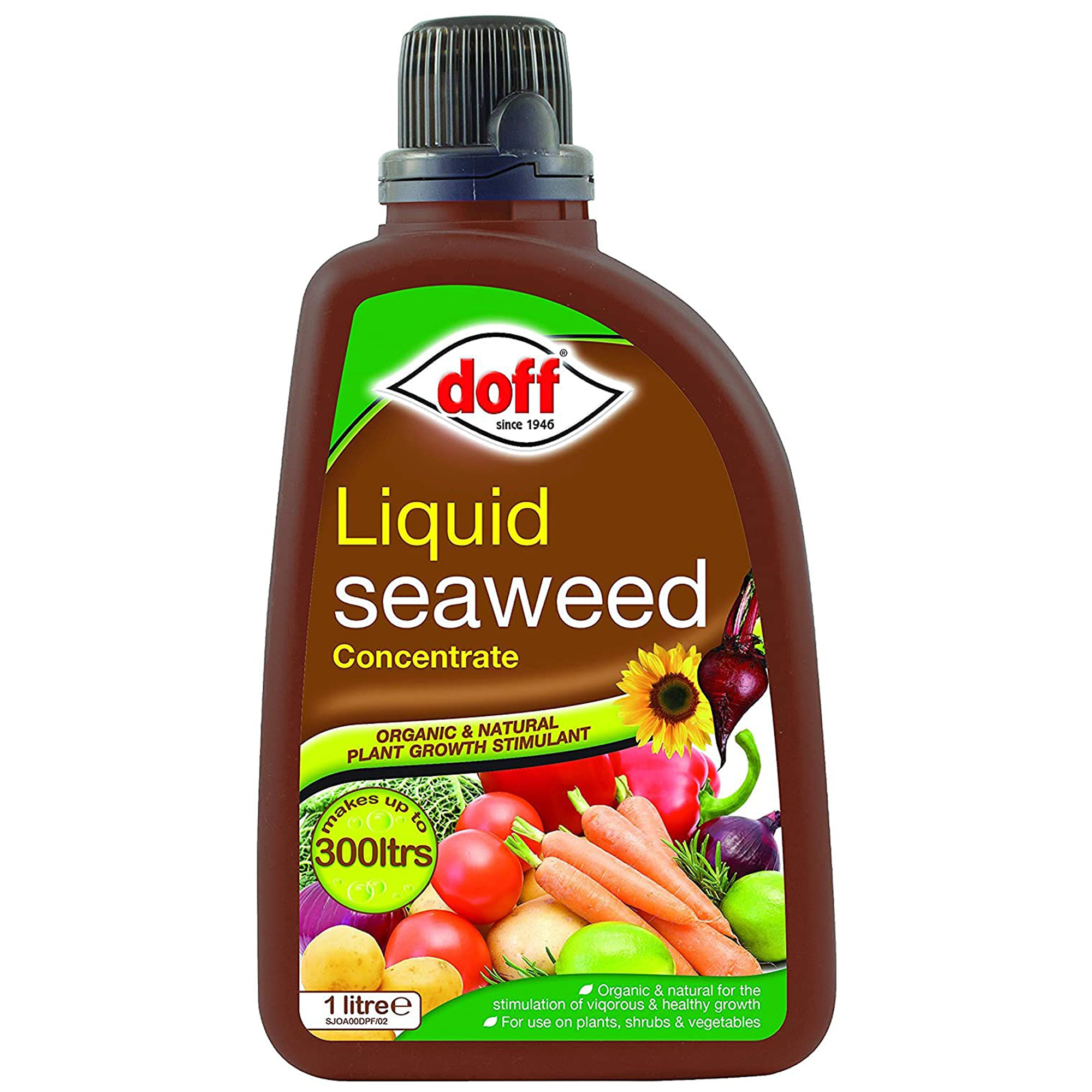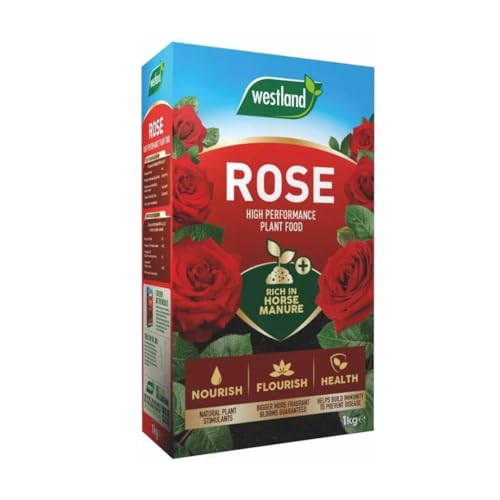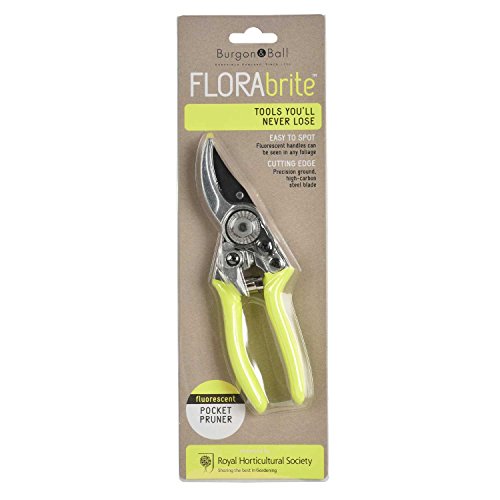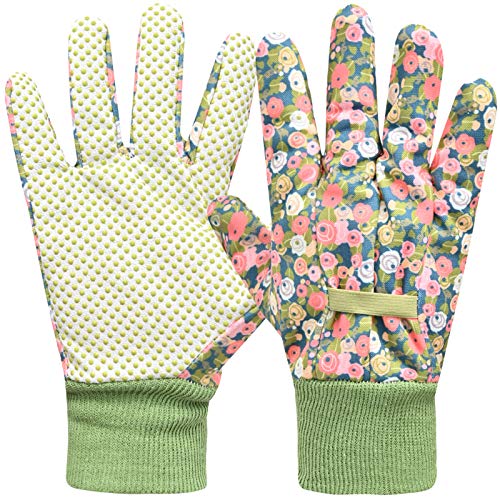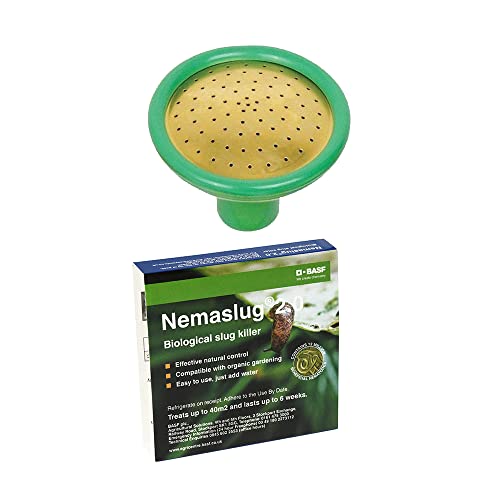5 tips I used to make my plants grow faster and transform my garden from a bare plot of soil to brimming with blooms
These top tips turned my outdoor space into a vibrant plot
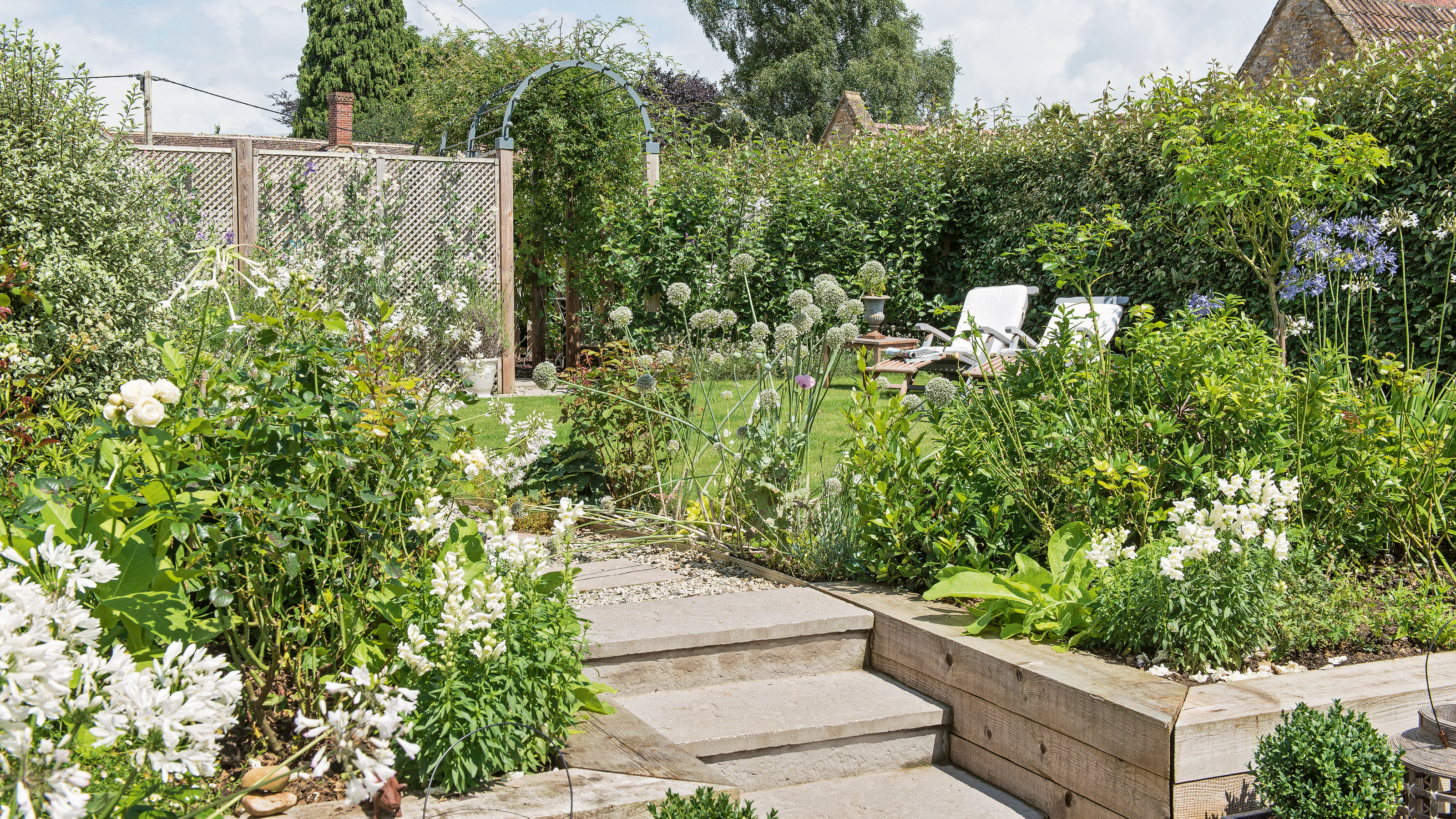

Last year, I was desperate for ways to make plants grow faster in my garden. I had just moved into my new home, and the garden was completely blank. It was a medium-sized rectangle of topsoil. There was nothing living in it, save for a healthy colony of slugs and some weeds.
While this blank slate provided the perfect opportunity to explore different garden ideas and create the garden of my dreams, I needed plants to grow fast, especially as I had no existing plants to fall back on.
These five tips took my garden from empty to bountiful in the space of just 12 months. Today, the garden is a world away from the bare plot that I took on last year and is now full of colour, plants and wildlife.
Unfortunately, there is no magic potion that makes plants grow faster; however, these five steps can help to make your garden more verdant. Nothing on this list is complicated or expensive, it's simply a matter of setting the plants up for success and giving them what they need in order to flourish.
1. Choosing the right plants for my soil
In order for plants to grow faster, they need to be happy in the soil. If the plant doesn't thrive in your soil type, it'll never grow quickly and in many cases, can fail to thrive.
It is fairly easy to figure out your soil type – clay is very sticky, sandy is loose and grainy, and loam is your quintessential brown soil – but testing soil pH is a bit more complicated and needs a testing kit – like this Garden Tutor one from Amazon.
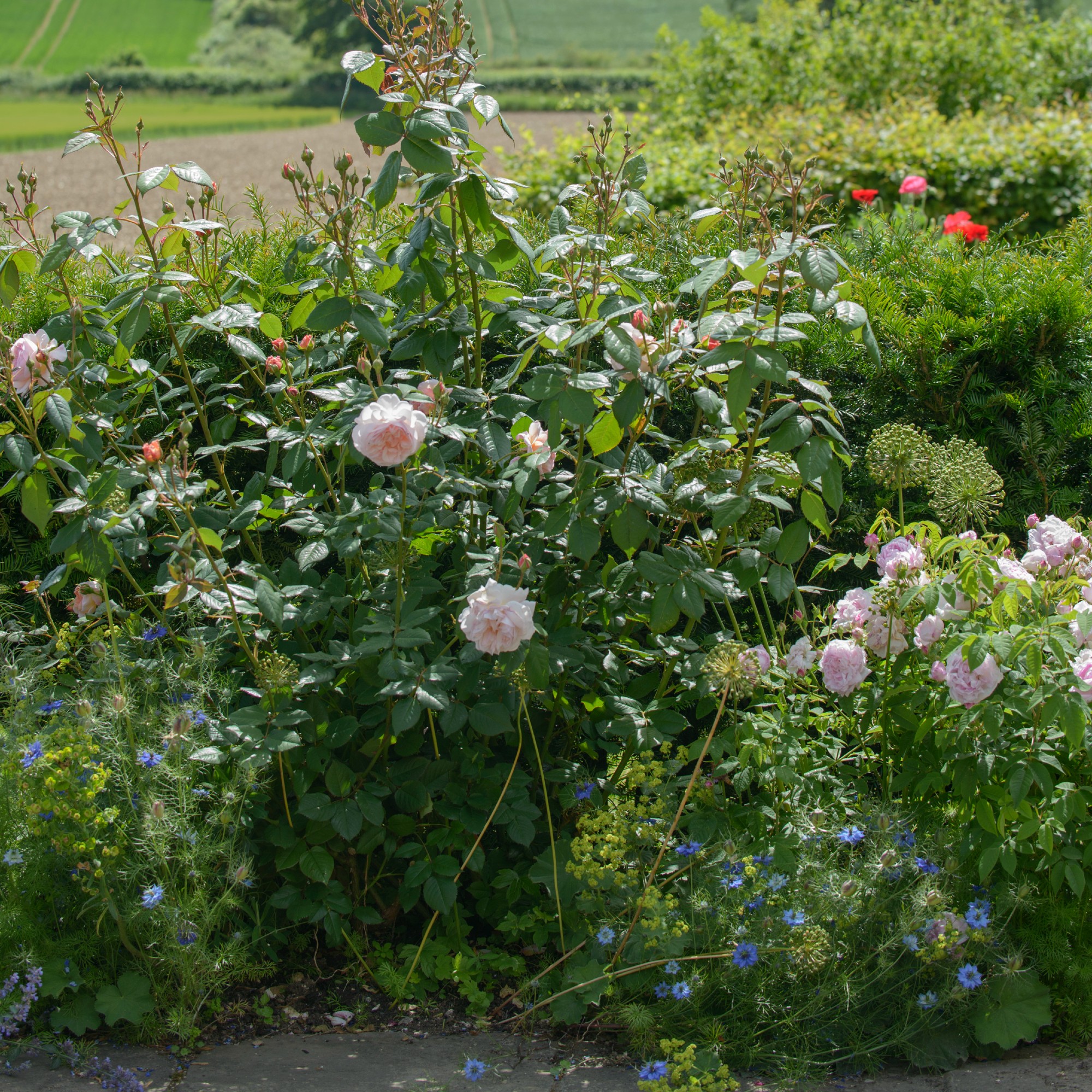
My garden has thick clay soil, which meant some plants, like growing azaleas and clematis, were immediately out of the picture. Before planting, I incorporated some manure to improve the clay soil by aiding drainage and adding more nutrients to help the plants thrive.
Sign up to our newsletter for style inspiration, real homes, project and garden advice and shopping know-how
I prioritised plants that thrive in clay soil, such as roses, hellebores and nepeta, and I quickly discovered, plants that thrive in clay soil really thrive. I've planted six rose plants, and they have all doubled in size over the last year and are now putting on stunning floral displays. The same applies to my nepeta – catmint – which has grown almost too quickly, and will need some pruning to keep it under control.
Some of the plants I planted failed to thrive in the soil. The lavender plants are still living and flowering, but haven't really increased in size, while my tulip bulbs didn't flower at all.
2. Giving plants enough TLC
Happy plants are fast-growing plants, if the plants are struggling to survive, they won't have enough energy to grow quickly. So I have kept on top of watering and fertilising.
'It’s been a dry year so far, and plants need water to maintain healthy growth, so make sure to water deeply every few days, especially if your plants are in pots. A good way to check if your plants need watering is to stick your finger a couple of inches into the soil at the base of the plant and if it's dry, give it a water,' says Eve Kerrigan from British Garden Centres.
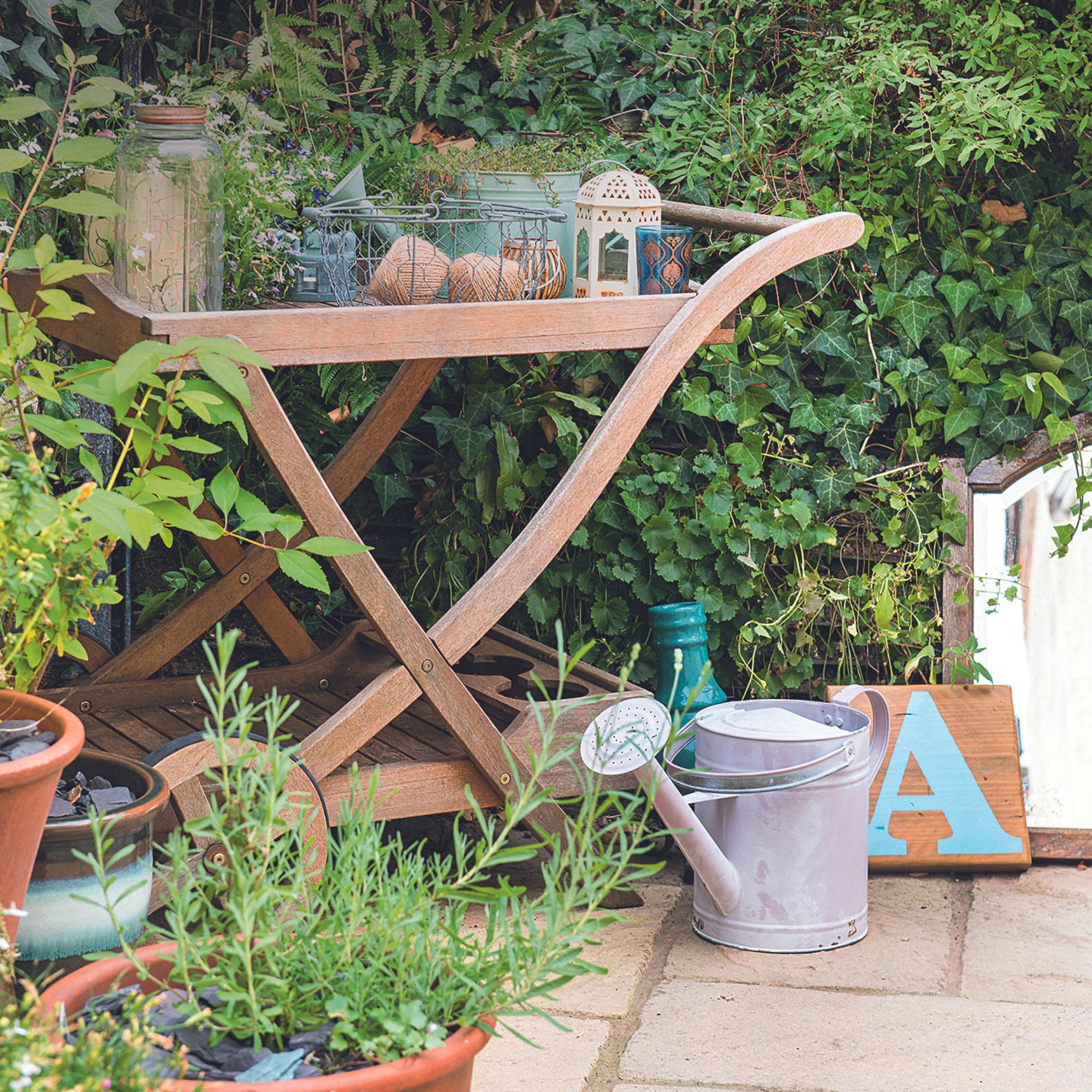
3. Dealing with pests
Pests are the enemy of making plants grow faster – they will either eat the new growth or will zap the plant of energy.
This year has been terrible for aphids, especially on my roses. Thankfully, I've been able to manage to get rid of aphids using a spray of water, washing up liquid and peppermint oil.
Slugs have also been a battle, but nematodes, which I bought on Amazon, proved invaluable. Dealing with these two pests helped the plants establish themselves and helped the plants grow faster in my garden.
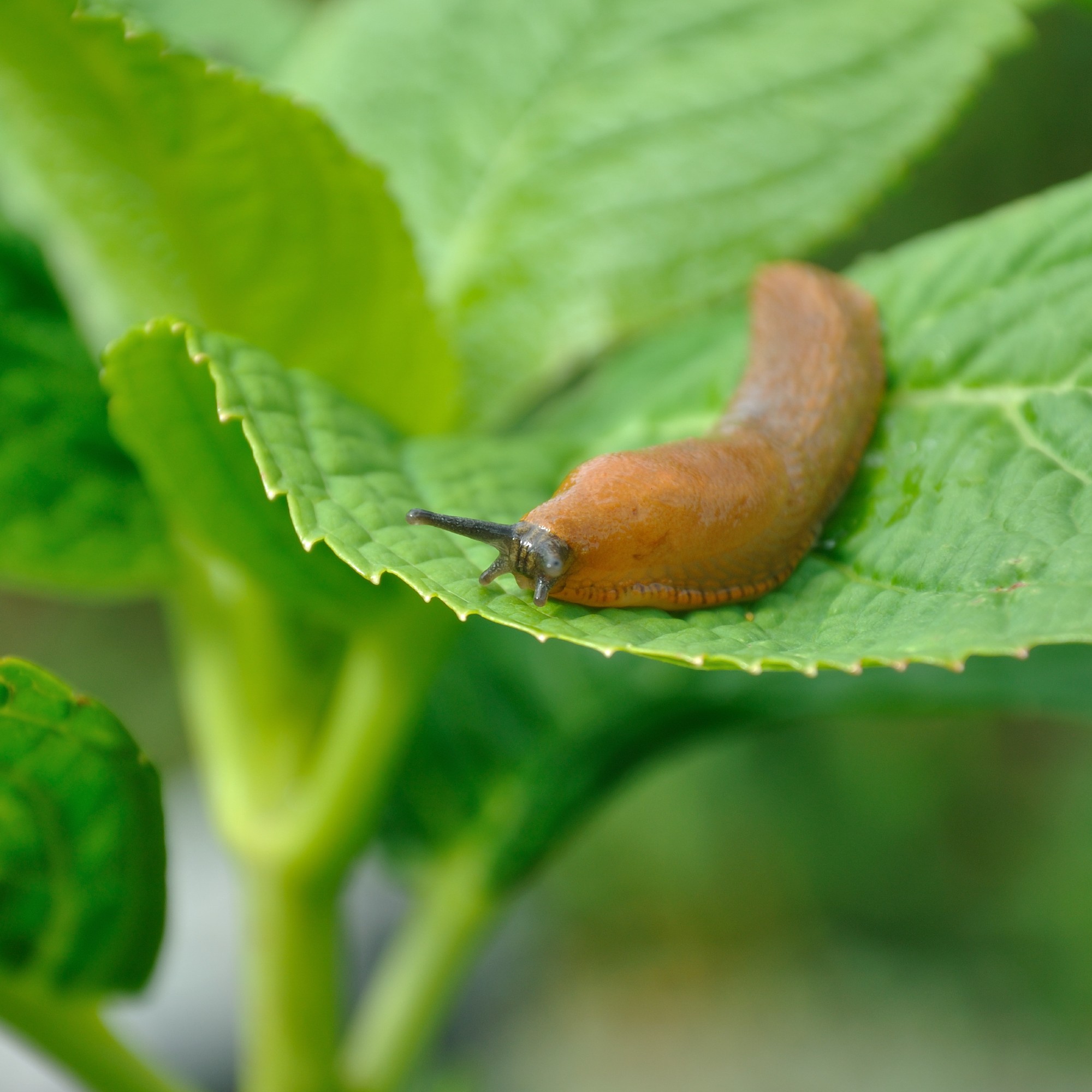
4. Feeding plants
Feeding and fertilising plants aren't just for pots. Since our garden lacked nutrients, I ensured I introduced a fertilising regime for my plants, and it has definitely helped the plants grow faster.
I fed my roses with Westland Rose Food, from B&Q, and added Mycorrhizal Fungi, from YouGarden, before planting, to ensure they have enough nutrients. Elsewhere in the garden, I have used seaweed feed, but am considering using some of these natural plant fertilisers that experts swear by.
Eve Kerrigan from British Garden Centres seconds this approach. 'The best way to encourage your plants to grow faster is to feed them. You can feed most plants with a general liquid fertiliser once a week, or if you’re planting up pots for instant summer colour, then don’t forget to add granular feed into the soil before planting to boost your plants for the growing season. As well as helping your plants to grow quicker, feeding will encourage them to grow healthier, stronger, and to produce more blooms and produce.'

5. Deadhead flowers and pruning
Eve Kerrigan from British Garden Centres also advises deadheading flowers to encourage further growth: 'to keep your repeat flowering plants blooming, make sure to keep on top of the dead-heading and prune away any dead or diseased foliage, which will drain the plant's energy.'
While there are lots of plants that benefit from deadheading for a second bloom, there are some plants you should never deadhead, including foxgloves and asters.
When deadheading, it is important to ensure that your secateurs are clean, so as not to introduce bacteria or disease to your plant. Not doing so is one of the most common deadheading mistakes. Gloves are also often overlooked, but they are essential if dealing with plants which have sticky or toxic sap or that have sharp thorns.
Shopping list
The best way to increase the speed of plant growth is to ensure you are giving it the care it needs. Ensure that the plant is growing in the best soil for it – sand-loving plants, for example, will never thrive in clay – and that it is receiving the right amounts of water, nutrients and light. Changing any elements that aren't ideal for a specific plant can help to increase the speed of plant growth.
Do you have any tips for boosting the growth of your plants?

Holly is one of Ideal Home’s content editors. Starting her career in 2018 as a feature writer and sub-editor for Period Living magazine, she has continued this role also adding regular features for Country Homes & Interiors and the Ideal Home website to her roster. Holly has a passion for traditional and country-inspired interiors – especially kitchen design – and is happiest when exploring the countryside and hills of the Lake District. A keen gardener, she is a strong believer that you can never have too many houseplants.
You must confirm your public display name before commenting
Please logout and then login again, you will then be prompted to enter your display name.
